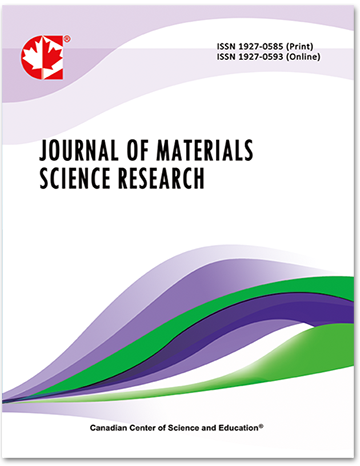Creep Failures in Laser Welded 316L(N) Stainless Steel Joints
- D. Kumar
- T. Shaktivelu
- M. Nanda Gopal
- K. Chandravathi
- K. Laha
- S. Albert
- Hemanth Kumar
- B. Shanmugarajan
- A. SomiReddy
Abstract
Low carbon, nitrogen alloyed 316L(N) SS is an high temperature structural material for Fast Breeder Test Reactor (FBTR) applications. Laser welding is a non contact, low heat input widely accepted welding process for welding a wide variety of materials due to its advantages like deep narrow welds, minimum distortion, narrow heat-affected zone, excellent metallurgical quality, ability to weld smaller size, thinner and thicker components and increased travel speeds compared to other welding processes. Creep rupture tests have been carried out on laser welded 316L(N) SS joints at 650ºC. The Rupture behavior of these joints has been investigated at stresses in the range 180–220MPa. In the present paper an attempt has been made to present the results on the creep failure mechanisms of creep–ruptured laser welded 316L(N)SS joints. It has been observed that creep fracture occurred in an inter granular fashion at all the stresses that have been tested and creep cavitation was the dominant mechanism in controlling the creep rupture behavior.
- Full Text:
 PDF
PDF
- DOI:10.5539/jmsr.v2n1p124
Journal Metrics
Impact Factor 2022 (by WJCI): 0.583
Google-based Impact Factor (2021): 0.52
h-index (December 2021): 22
i10-index (December 2021): 74
h5-index (December 2021): N/A
h5-median (December 2021): N/A
Index
- CAS (American Chemical Society)
- CNKI Scholar
- Elektronische Zeitschriftenbibliothek (EZB)
- EuroPub Database
- Excellence in Research for Australia (ERA)
- Google Scholar
- Infotrieve
- JournalTOCs
- LOCKSS
- NewJour
- PKP Open Archives Harvester
- Qualis/CAPES
- SHERPA/RoMEO
- Standard Periodical Directory
- Universe Digital Library
- WJCI Report
- WorldCat
Contact
- John MartinEditorial Assistant
- jmsr@ccsenet.org
